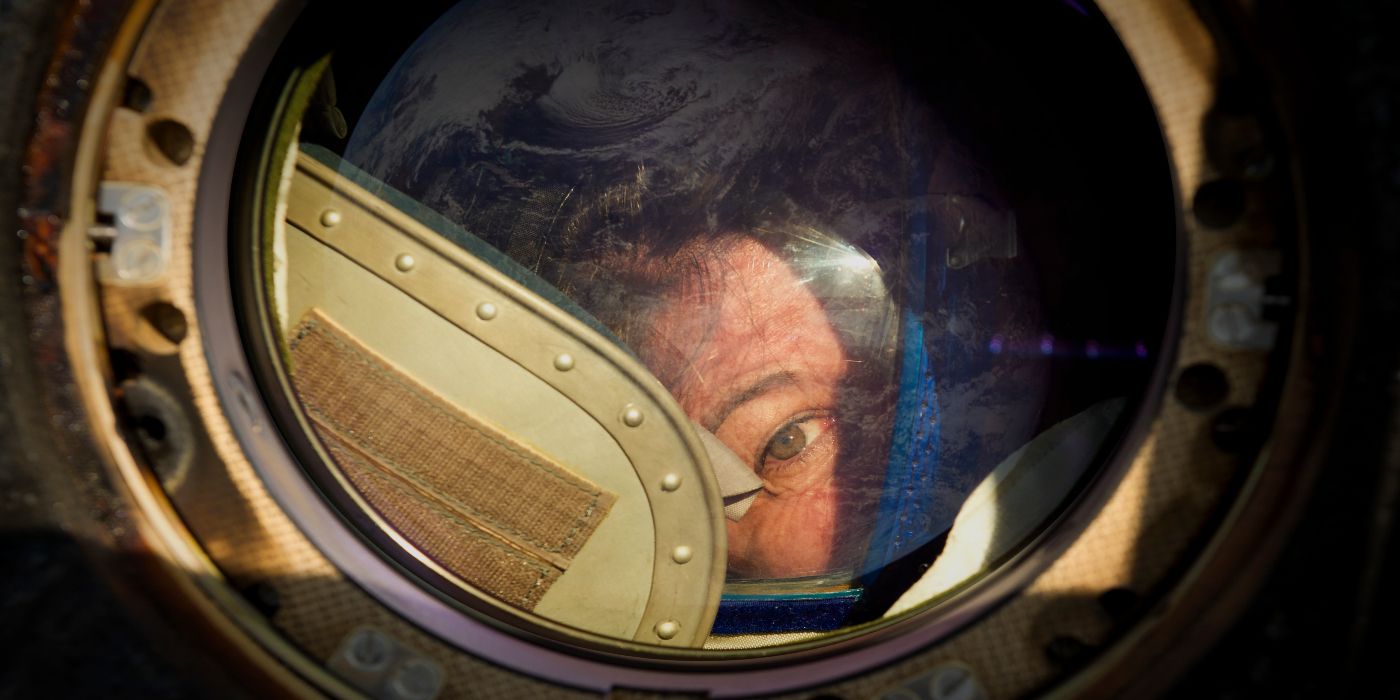In just the first 15 minutes alone of Ido Mizrahy’s Space: The Longest Goodbye, viewers will be able to come across both the surreal fantasies and harsh realities of astronauts that are about to explore outer space. The film’s introduction takes us through being selected as a potential candidate, the formal and public introductions that take place once you are chosen, and the many tests that need to be done in order to make sure that the applicant is up to snuff.
While these career-making moments are always positively highlighted in other forms of cinema, the unique angle that is presented within this PBS documentary takes those snapshots and suddenly juxtaposes them with the possibly disheveled mentality of an astronaut while they are in space. In the nearly 90-minute venture, those interested in seeing how NASA deals with the human mind under the space helmet will be taken on a ride that they surely won’t forget — albeit with the tone and pace of a college-level science class.
The Tension Between Technology and Humanity in Space
Space: The Longest Goodbye
- Release Date
- March 8, 2024
- Director
- Ido Mizrahy
- Cast
- Kayla Barron , Cady Coleman , Al Holland , Matthias Maurer
- Runtime
- 87 Minutes
- Studio(s)
- Les Productions Megafun , Restless Pictures
- Distributor(s)
- Greenwich Entertainment
- The film tackles the human aspect of space travel in intimate ways.
- An interesting look at how technology is used to soothe the human psyche.
- Often overly analytical and with too many digressions.
- The lengthy look at technology and past events dilute the end result.
The Longest Goodbye delves into many intimate questions and concerns about the psychology of space travel, from the use of satellite-based webcams to a revolutionary companion named Cimon (a circular shaped A.I. robot head) being implemented that helps astronauts vent about their emotional ailments.
Angled almost like CCTV cameras but rather up close and personal with those on the ISS, raw and personal moments are constantly relayed on the screen. Astronauts are either working through endless glitches to speak with their loved ones or patiently conversing with a floating robotic head (with a built-in LED screen) that tries to provide reassuring words about their families on Earth. It’s a fascinating look into something that often goes unnoticed.
The best moments of the film are the human ones, focusing on the astronauts themselves, including Kayla Barron, Matthias Maurer, and former astronaut Cady Coleman. We get to see how they interact with the technology at hand, how it helps them, and most interestingly, their dissatisfaction with it. Maurer comments on how he must limit himself when talking to or requesting help from the A.I. robot, as its inadequate work could put his entire career at risk.
For her part, Barron noted the double-edged swords of the camera technology in space. On the one hand, they’re appreciated for the ability to have some communication with loved ones and friends, but they are also intrusive because you know you’re being watched at all times. These confessions and the intimate space footage both tap into the psychological theme of The Longest Goodbye.
Digressions Dilute The Longest Goodbye
Unfortunately, viewers are also given a lot of tangential analysis and NASA-related events that either barely connect or fail to add any value to the main idea. While the harrowing Copiapó mining accident from 2010 (that trapped 33 workers 700 feet into the ground), in which NASA was called in to perfect pivotal morale-boosting techniques for those imprisoned individuals, makes for a gripping segment of Space: The Longest Goodbye, it feels more like an advertisement for NASA and its evolving technology than anything related to the psychological portrait of astronauts.
The same can be said for the inclusion of a Mars simulation that took place during 2018 in Hawaii. Even though the experiment came to an abrupt close due to a heated emergency, the vague lesson about generalized danger feels out of place here. As does the look into virtual reality, though that makes more sense. This portion explicitly shows how the technology of digital worlds may help astronauts and future space travelers remain tethered to their memories and loved ones, to familiar places and faces.
The Biggest Problem That Has Yet to Be Solved
Fortunately, Space: The Longest Goodbye pulls things together for a fantastic conclusion that will leave many people utterly speechless. Ultimately, what the film shows us is that there are many different types of technological aid coming down the pipeline to help those who endure the long journey into our solar system. Even with some hiccups in communicating the end result, Mizrahy successfully leaves the audience with a haunting, lingering thought, that the human psyche might just turn out to be a bigger problem than space travel itself.
Space: The Longest Goodbye will be released into theaters and stream on Prime Video, YouTube, Google Play, and Apple TV starting from March 8th. The film premieres May 6th on PBS.
This story originally appeared on Movieweb

